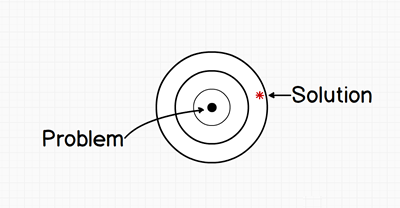A long time ago a man by the name of Moses was hanging out in the middle of the desert. He was called to free the Israelites out of Egypt. The only thing that stood in his way was the most powerful man in the region – the Pharaoh of Egypt. What followed was one of the most epic encounters ever. There was plagues, darkness, disease, and death. Eventually Pharaoh realized that keeping the Israelites was not worth the trouble and he let them go. Why do we still know about Moses and this epic encounter? Because Moses wrote the Torah – essentially the design principles for Israelites.
The Torah Defined a People
The Torah is translated as “instruction”. It basically told Israelites who they were and how they were supposed to behave. These instructions set them apart from the rest of the people in the world. An Israelite could always know what he was supposed to do thanks to the Torah. The inverse is true, an Israelite could know if his behavior or actions were in contradiction to the Torah. A second benefit was that the Torah ensured the Hebrew Nation would live on long after the death of Moses.
UX Principles Define a UX Team
UX principles provide instructions to a team. Principles help when identifying objectives or deciding on a new UI pattern, control, ect. By defining and using UX principles everyone in a project may know what is acceptable and what is not. This helps when a Jr. UX Designer needs to make a decision and the boss is not around. Facebook and Google published their principles. For example, a UX Designer in Google knows what makes something “googley”. At Marketo, I’ve heard customers talk about how things in the app feel like “Marketo” and when something does not.
Every Jewish child today is taught the Shema – the core of Jewish identity – it was written by Moses. Every UX team needs principles so that UX designers know what is expected of them. Individuals come and go – it is the principles and ideas they leave behind that matter. Something is eternal when it is passed from one generation to another.




